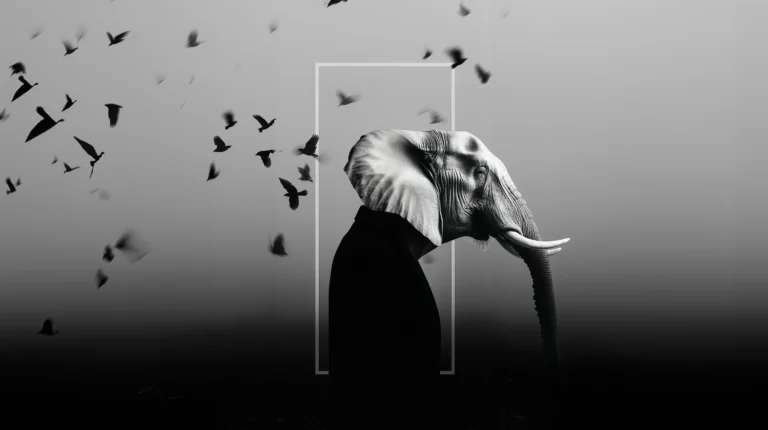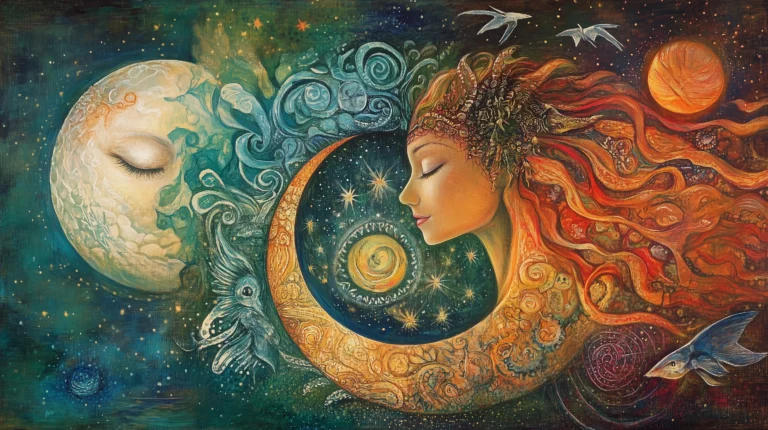The Mirror of the Psyche: Transference and Countertransference in Carl Jung’s Theory
The dynamics of relationships, particularly within the therapeutic context, hold significant interest in psychology. Two phenomena that are especially intriguing are ‘transference’ and ‘countertransference.’ While these concepts originated in Freudian psychoanalysis, Carl Jung, a Swiss psychiatrist and founder of analytical psychology, offered a distinctive perspective. This article is aimed at beginners and seeks to illuminate Jung’s understanding of transference and countertransference.
Transference: The Projected Past
Transference is a process where an individual unconsciously redirects or ‘transfers’ feelings, expectations, or desires originally associated with significant figures from their past onto someone in the present, often a therapist. These could include feelings of love, anger, fear, or dependence.
Jung viewed transference as a normal part of human relationships. He believed it could serve as a bridge between the conscious and the unconscious, bringing forth unresolved issues that could then be explored and integrated.
Countertransference: The Therapist’s Reflection
Countertransference refers to the emotions, responses, or desires that the therapist develops towards the patient, often as a reaction to the patient’s transference. This concept highlights that therapists are not impervious to the influence of their own unconscious.
Jung acknowledged that countertransference could pose challenges in therapy if not recognized and managed. However, he also saw it as a valuable tool. He believed that a therapist’s reactions could provide important insights into the patient’s unconscious conflicts, thus aiding the therapeutic process.
Transference and Countertransference in the Individuation Process
Jung saw both transference and countertransference as integral to the process of individuation – his term for the lifelong journey towards psychological wholeness. This process involves bringing unconscious material into consciousness, and the dynamics of transference and countertransference often surface this material.
For example, the feelings a patient transfers onto a therapist might represent an aspect of their personality that they’ve denied or repressed. Similarly, a therapist’s countertransference might indicate an unresolved issue within their own psyche.
Managing Transference and Countertransference
Jung emphasized that for transference and countertransference to be therapeutically beneficial, both therapist and patient need to acknowledge and explore these dynamics.
For patients, this means recognizing that their feelings towards the therapist might not reflect the present relationship, but rather, unresolved past experiences. For therapists, it means maintaining self-awareness, being open to self-reflection, and continually working to understand and manage their emotional responses.
Conclusion
Transference and countertransference, as seen through Jung’s lens, are complex, dynamic phenomena that highlight the interplay between conscious and unconscious elements of the psyche in relationships. They underscore the importance of understanding our past, our unconscious biases, and how these elements manifest in our present interactions.
While these concepts originated in the context of therapy, they occur in everyday relationships too. By recognizing and understanding these phenomena, we can gain insight into our emotional reactions, address unresolved issues, and foster healthier relationships – all key elements in our journey towards individuation.







